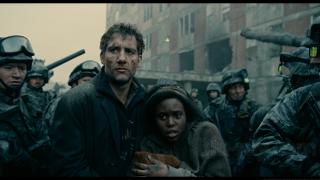Hey guys, with the forum changes and all, I just went ahead and posted L'Avventura over at the blog. And yes, I've been blogging this alongside Match Cut, but I still like posting them here first because it's easier to edit.
L'Avventura
I'll resume posting them here soon.






 Reply With Quote
Reply With Quote









 forum
forum